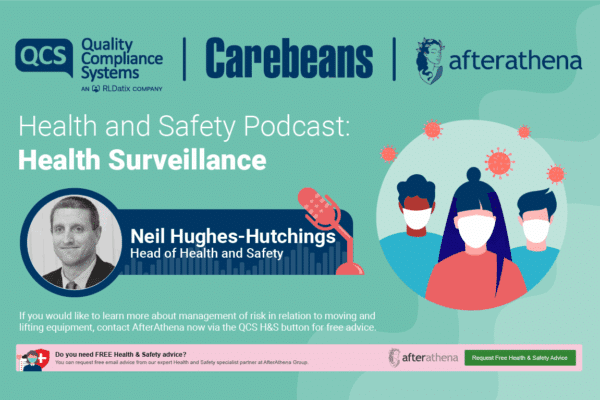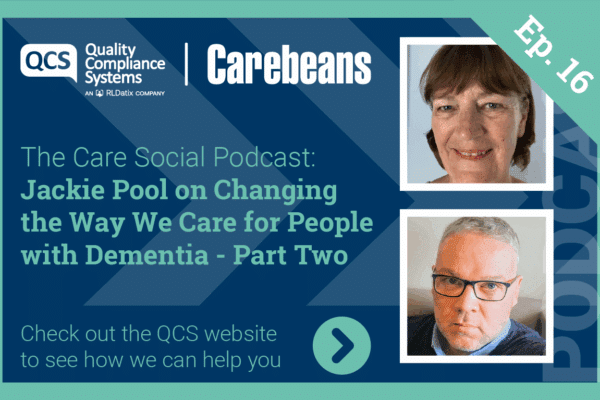 Last week I wrote about the Welsh care environment and the benefits of clinical supervision for all Welsh staff directly involved in delivering care and support. This week I am looking at a commonly implemented model of supervision based on the work of Tony Morrison. I will go into more detail about the model next week so this is something of an overview of implementing supervision in practice.
Last week I wrote about the Welsh care environment and the benefits of clinical supervision for all Welsh staff directly involved in delivering care and support. This week I am looking at a commonly implemented model of supervision based on the work of Tony Morrison. I will go into more detail about the model next week so this is something of an overview of implementing supervision in practice.
Regulating the care environment
Following the Winterbourne View care scandal, government and regulatory bodies have been making much more assertive noises about enforcing legal sanctions and other sanctions for abuse, negligence and low standards.
One of the ways in which organisations can promote a culture of good practice is through adequate supervision. The most widely used definition of supervision comes from Morrison. For Morrison supervision is a process where one worker has supervisory responsibility within the organisation for another worker. The aim is to achieve organisational, professional and personal objectives which ensure a high standard of support and best outcomes for the individual service user.
An organisational system of supervision is key if an organisation is to commit to best practice, define good practice, and establish a specification for who is responsible for undertaking supervison and how and when it is done. The organisation also needs to establish how the process is supported through training, protected time and management support.
Implementing supervision
According to The Social Care Institute for Excellence there are a number of stages to be considered in setting up a system of supervision:
- Firstly a review of the current state of supervision arrangements including consultation with supervisors, supervisees and people who use services.
- Leadership from the management team in agreeing a working definition of supervision upon which to establish policy and practice, and the desired outcomes.
- Establishing the model of supervision on which the policy will be based and the expected outputs (e.g. frequency, recording methods, core areas for discussion).
- Consideration as to how the efficacy of supervision from stake holding perspectives will be monitored and evaluated.
Key specifications
- The values and principles underpinning supervision within your organisation (e.g. it is focused upon ensuring best practice).
- The roles and responsibilities of the organisation, the supervisor and the supervisee.
- Frequency of supervision.
- The supervision agreement.
- How supervision is recorded?
- How supervision is monitored and evaluated?
Discussion
Within the Morrison model it is important to consider the emotional aspect of care within supervision. Forming close and therapeutic relationships requires an emotional commitment on the part of the worker and this needs to be acknowledged and understood within supervision. This is essential if the ‘human’ nature of care is to be encouraged and developed. It is this human and emotional aspect of care which transforms it from a tick-box type activity which can be done by rote into a satisfying nurturing relationship which fulfils the needs of the service user. It is often partial when care is delivered poorly and completely absent in the case of neglect.
Another key feature of is to see supervision as an integrated function which contextualises care within broader support, professional and managerial functions. This requires that each individual worker receiving supervision is contributing to a coherent and ‘whole’ care environment. There may be justification for additional profession specific clinical supervision for individual professionals, but this does not negate the importance of their work fitting within the whole environment of managed care. The objective is to ensure that, however supervision is delivered, the staff member is supported, managed, held accountable, undertaking reflective practice, and encouraged to develop.






